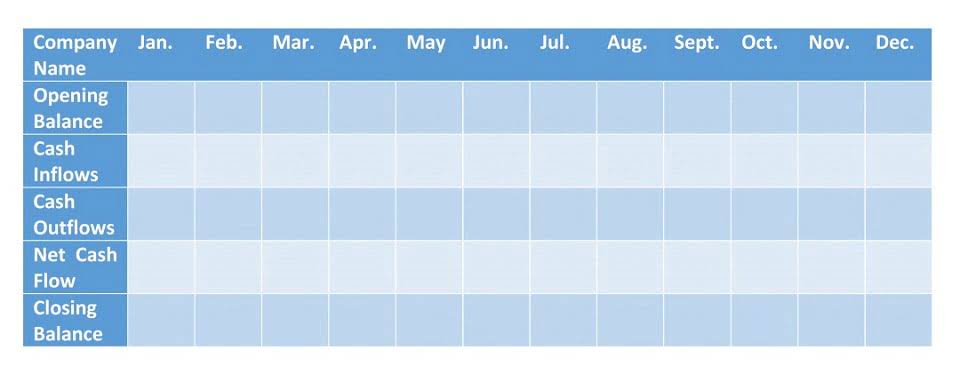Accounting for Law Firms: A Guide Including Best Practices

It helps maintain the firm’s financial integrity and adherence to legal standards. Billing errors or mismanagement of client funds can violate ethical standards and lead to serious legal consequences. Firms should ensure their billing practices comply with legal ethics rules to prevent this. Additionally, double-checking expense tracking related to client matters is essential for maintaining professional standards.
Accounting terms you need to know
First, commingling of personal and trust retained earnings funds may destroy the escrow nature of the account and expose the clients’ funds to the risk of attachment by the lawyer’s or law firm’s creditors. Second, commingling of personal and trust funds makes it much harder to determine if the lawyer has used, or misused, any of the trust funds which were supposed to be held intact. The initial step in setting up a law firm’s accounting system is to establish a law firm chart of accounts. This involves identifying and categorizing all the financial transactions that a law firm expects to handle. A properly structured chart of accounts is crucial for accurate financial reporting and helps maintain regulatory compliance.

Primer on Trust Accounts — Don’t Use Money & Do Keep Records

The general ledger is the source for preparing financial statements and provides a detailed history of all financial activities. For example, you must track pooled trust account balances by client, and you cannot commingle operational funds and client funds. Addressing those compliance issues requires a proper, lawyer-specific chart of accounts. This listing also provides a structure for correctly managing funds between operating accounts and pooled trust law firm chart of accounts accounts.
- Transactions are listed in both the appropriate subledgers and the general ledger.
- In the general ledger, the firm would record this transaction by debiting the “Revenue” account for $432.22 million to record earnings.
- Client trust accounting is the process of monitoring and tracking the cash funds a lawyer has received on behalf of or belonging to a client or a third-party entity.
- While the chart of accounts is customized to your law firm’s size, jurisdiction, and practice area, it typically includes five core categories in addition to numerous subcategories.
Understanding the Core of Your Accounting System
Another distinction in the legal field is the meticulous tracking of billable hours. As a law practice, you are selling your time and expertise, which requires precise time tracking for each client’s case. Law firms often deal with various fee arrangements, including hourly billing, flat fees, and success fees.
7 Top Tax Deductions for Lawyers and Law Firms
- This means setting up your chart to include as much relevant information as possible.
- In this post, we’ll introduce the essentials of law firm accounting to help get you started.
- It involves a ton of inefficient, manual work—involving a lot of spreadsheets, paper invoices, inputting data entry, and struggles with collections.
- When it comes to accounting for law firms, whether you handle it yourself or hire someone, your bookkeeping system must maintain a consistent schedule for carrying out bookkeeping tasks.
- We’ll also show you how legal accounting software can make the whole process easier (and more effective).
- Reconciling billable hours with invoices can become cumbersome without an integrated and unified system.
When it comes to law firm finances, https://www.bookstime.com/ knowledge is more than just power—it’s key for succeeding long term and staying compliant with ethics rules. One crucial source of financial knowledge for any firm is its law firm chart of accounts. Finally, a firm may always establish individual escrow or trust accounts for specific matters or clients. Individual accounts should be interest-bearing, unless the funds will be held for only a short time or are likely to yield only a small amount of interest. If payment of interest to the recipient of the funds might present problems (a real possibility in certain situations), an individual IOLA account may be opened and the interest will be forwarded to the IOLA fund.


This process helps ensure that the balance sheet is accurate and that the accounting equation remains in balance. A balance sheet is a financial statement that provides a snapshot of a company’s financial position at a specific point in time. It follows the accounting equation format, with assets listed on the left side and liabilities and stockholders’ equity listed on the right side. As we showed with the law firm chart of accounts samples in this post, the exact details of the chart will vary depending on your firm’s situation and jurisdiction. While it’s important to do your own research (and you may want to consult with your accountant), you can use the samples and the template in this post to guide you.

This avoids the problem of imputing significant amounts of interest to the firm when the firm is not actually receiving the interest. The monthly statements include separate listings for each sub-account, which facilitates the firm’s required record-keeping for funds it is holding. All deposits and withdrawals are made into and from the main account, with internal transfers to and from the sub-accounts. All lawyers or law firms holding client or third-party funds must maintain either an interest-bearing attorney trust account or an IOLA account (i.e., “interest on lawyer account”). While lawyers who are not holding client or third-party funds are not required to maintain trust accounts, it is often less bother to have an established and permanent account than to open and close accounts as you need them. While we always advise referring to your specific state’s rules, the ABA’s Model Rules of Professional Conduct can offer direction for law firm accounting.